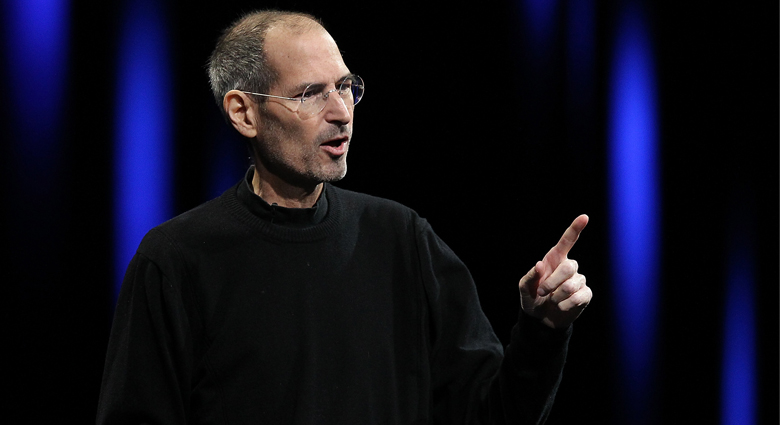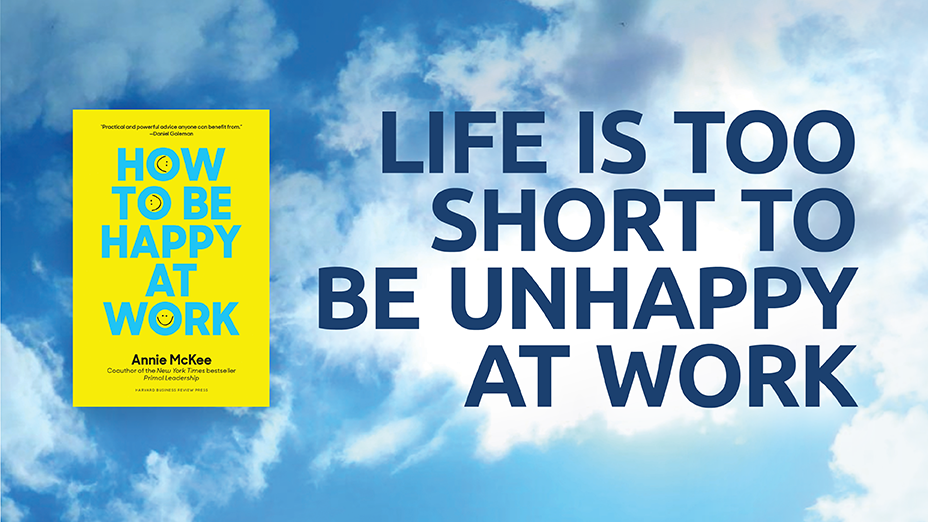It’s hard to be in the innovation business and not worship Steve Jobs. Since his death on October 5, 2011, he has been universally eulogized with the kind of veneration normally reserved for saints. A Google search of his name yields 1.2 billion results. Jesus Christ only gets 183 million.
That kind of comparison may be heretical or blasphemous to some. Unlike the putative Lamb of God, Steve Jobs was not one to turn the other cheek. This special Creativity Issue is dedicated to Steve Jobs in appreciation of a creative visionary who has accomplished more in one lifetime than most people would in ten. Jobs taught us many lessons. Here are ten to think about (reprinted from a special in our inaugural issue):
@Apple stands at the intersection of technology and the liberal arts
Lesson 1: When you don’t know what to do next, take it as a sign to rethink your future.
Two decades after Jobs was shown the door in 1985, he admitted that this was actually a blessing in disguise. He could shed all the burdens of being so successful and start fresh again – a perfect time for a reset. Whether for a corporation or an individual, an opportunity to start fresh is not easy to come by – so make the best of it. Jobs knows this better than anyone.
Lesson 2: Think big, travel far, go east.
People always talk about how big ideas happen – in a brainstorming session, in the shower or while daydreaming. For Jobs it took a spiritual expedition to India, after which he met Steve Wozniak, turned the family garage into a workshop and created Apple 1. The lesson? To see the world from a completely fresh perspective, you need to travel worlds away from the one you’re in.
Lesson 3: Design, like strategy, is not a democratic process.
When Steve returned to his own company after 12 years, he was a very different Jobs. His experience in life and business had taught him that design is not decided by a committee and strategy is not a democratic process. So he created an employment contract wherein the boss’s decision is final in any matter. Then he invited none other than Bill Gates to invest in Apple to reduce competitive pressure. It proved that Jobs was not only a design genius but also a master strategist.
Lesson 4: Use counterculture as a strategic capability.
Does every successful innovation require a counterculture attitude? The answer is yes. Innovators come from all walks of life. Some have PhDs, and some are dropouts. But they all want to break industry norms. They are all contrarians. Most company cultures are about how to fit in, but innovators want to stand out. Any company that can retain a group of smart people with a counter-culture attitude should leverage them as a strategic capability – not a liability.
Lesson 5: Maintain a near perfect alignment between your company, your products and the world you envision.
The biggest challenge for most organizations is the misalignment between the CEO’s beliefs and the company’s actions, and between what the company offers and what the world wants. Such misalignments can prevent efficient utilization of capital and drive the company into a death spiral. Jobs’ success was largely due to the near perfect alignment between his products, Apple’s culture of innovation and the world he envisioned. Few, if any companies are so strategically aligned.
Lessons 6: Protect company secrets as if you’re working for the KGB.
When it comes to new products, Apple is a black box. Non-disclosure is codified and ruthlessly enforced in an ‘Omerta’ employment contract. The company can engineer mis- information and track any leak to its source. Security cameras heavily monitor everything. The all glass, all white conference room in the middle of the Infinite Loop can be shielded by a screen with the flick of a switch. The KGB could learn a few lessons from Steve Jobs.
Lesson 7: Don’t let your near death experiences go to waste.
Both Jobs and his company faced death more than once. But they learnt from it. Addressing a graduating class at Stanford university, Jobs reflected that, “Death is very likely the single- best invention of life. It is life’s change agent. It clears out the old to make way for the new. All external expectations, all pride, all fear of embarrassment or failure – these things just fall away in the face of death, leaving only what is truly important.”
Lesson 8: Power and style make a killer combination.
Style is not considered a core competency unless you’re in fashion and luxury goods. But Steve Jobs’ genius was to make it a core competency in the world of technology. Upon resuming the helm at Apple in 1997, he famously derided his team with the words: “Our products suck because they’re not sexy.” The response to this upbraid was the wildly successful iMac series of desktops. Every product since then was not only an elegantly simple user experience but also an iconically beautiful object.
By marrying art and technology, companies can create a new space for products that are truly unique
Lesson 9: Tomorrow’s great business exists at the intersection of art and technology.
Steve Jobs says that Apple stands at the intersection of technology and the liberal arts. It has become increasingly difficult for companies to find tangible competitive advantages over other companies, but by marrying art and technology, companies can create a new space for products that are truly unique – products that are not anchored on functionality and performance alone. It’s about the meeting of MBA, MSc and MFA.
Lesson 10: Stay Hungry.
Had he not returned to the business he founded in 1997, Jobs still would have been regarded as a giant of technology. But just imagine how different the worlds of computing, telecommunications, retail and entertainment would be had he not returned when he did. Because his hunger was never satiated, our experience of these worlds is much more elegant, much simpler and way more fun.





.png)
.jpg)
%20(1).png)

What Did You Think?